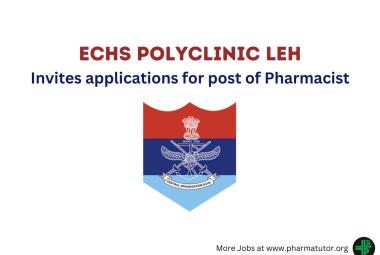LYOPHILIZATION PROCESS - AN OVERVIEW
ABOUT AUTHORS:
*Naveen Kamboj1, Sadanand Maurya2, Sonia Kamboj3, Gaurav kumar Singh2
1Chandigarh College of Pharmacy, Landran, Mohali, Panjab
2Transalam Institute of Pharmaceutical Education and Reaserch, Meerut, Uttar Pradesh
3ISF college of pharmacy moga, Punjab
*kamboj.naveen21@gmail.com
ABSTRACT
The most important method for developing the very stable and suitable formulation for thermolabile as well as thermostable drug is lyophilization which works on the principle of sublimation of ice crystal from frozen material. Principle of the process through the basis of formulation, freezing, primary drying and secondary drying . In order to design optimum lyophilization process, process development scientific need to the critical properties of the formulation and how to apply to this information to process design. Lyophilized formulation not only has the advantage of better stability, but also provide easy handling i.e. shipping and storage. This article present an overview of lyophilization process, its advantage and pharmaceutical application.


 About Authors:
About Authors:  About Author:
About Author:







.png)


